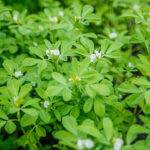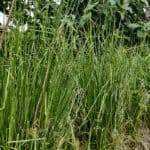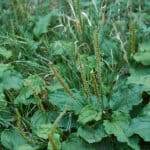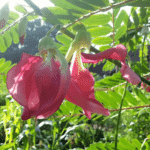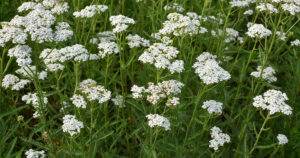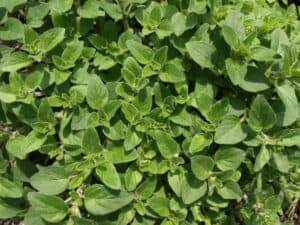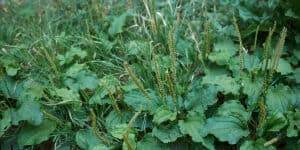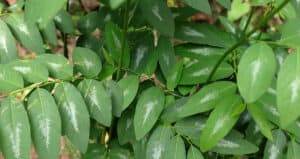Mexican Sunflower: Green Manure and Perennial Biomass
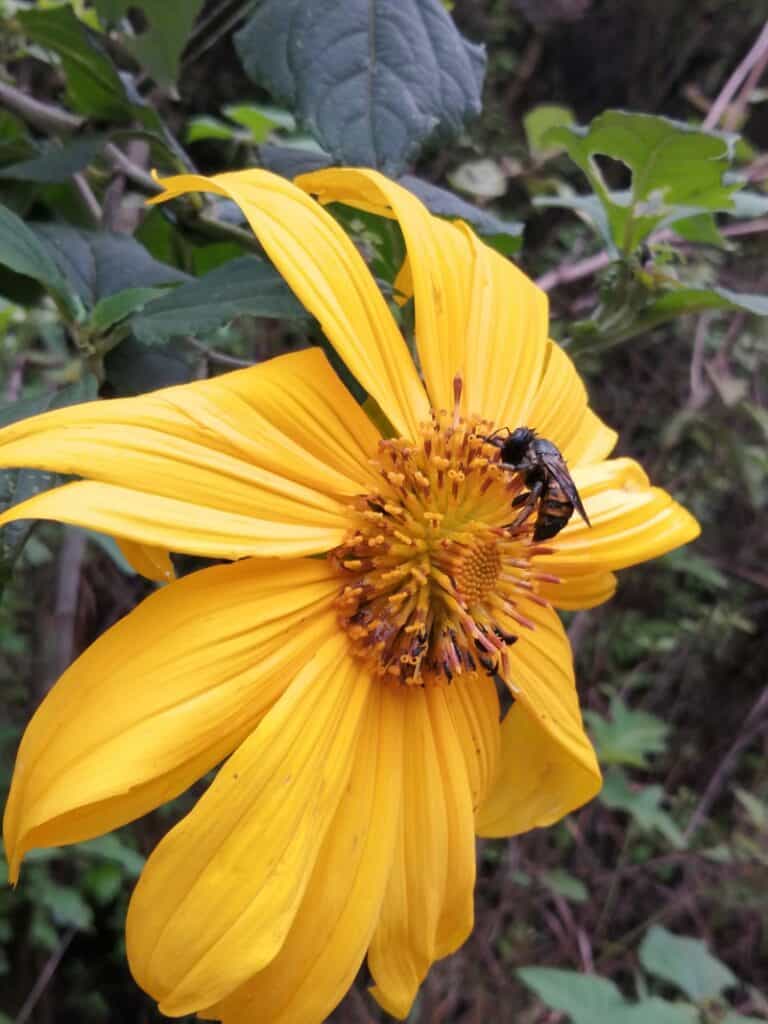
Mexican Sunflower is an amazing plant to include into any permaculture system located in subtropical and tropical regions, or even in areas with mild winters. While it’s not an edible plant species, it’s a beautiful perennial sunflower with grand capabilities for creating nutritious biomass.
In this way, it is an excellent green manure, “chop and drop”, and overall source of organic matter. Its use as a green manure has even been the topic of scientific review discussing its use in Asia, Kenya, and other parts of Africa. As you can read below in Table 1, the nutrient richness of Mexican Sunflower biomass is greater to or roughly equivalent in nitrogen and potassium as sources of animal manure.
| Table 1. Nutrient percentages of Tithonia diversifolia and other organic manures | |||||
| N | P | K | Ca | Mg | |
| Tithonia diversifolia (Nziguheba, 2002) | 1.76 | 0.82 | 3.92 | 3.00 | 0.005 |
| Tithonia diversifolia (Jama, 2000) | 3.50 | 0.37 | 4.10 | – | – |
| Cow Manure (Nziguheba, 2002) | 1.06 | 0.52 | 0.95 | 1.06 | 0.86 |
| Poultry Manure (Nziguheba, 2002) | 1.78 | 2.00 | 1.80 | 9.70 | 0.44 |
Mexican sunflower can also be a source of fodder in agricultural systems that include animal ruminants. Lastly it’s a suggested source of poultry feed, erosion control, and as a medicinal plant.
Growing Mexican Sunflower
Mexican sunflower is easy to grow as a perennial in tropical and subtropical climates. In temperate climates with mild winters it can also be grown but it will need proper protection during the winter. In areas with cold winters it can be grown as an annual, but may not be the most worthwhile source of biomass. It is moderately drought tolerant. It can grow into large bushes >5 meters in height and in some climates even be mildly invasive. Mexican Sunflower grows well and even vigorously in nutrient poor soils, although growth can be even faster in rich or amended soils.
Propagation
- Mexican Sunflower is most commonly cultivated by cuttings of 50-100 cm in length. In the proper season, these can be planted directly into the ground with no previous rooting necessary.
- Woody stem material has been shown to take quicker and thus result in a more rapid source of biomass. This being said, it is also more prone to termite damage. In areas with high termite activity, green cuttings may be more resistant.
- Cuttings can be planted every 100 cm to create hedgerows suitable for garden edges, syntropic rows, swales, or to help control erosion on fragile soils.
Maintenance and Harvest
- Mexican Sunflower doesn’t really require regular care and is pretty resistant to pests and unfavorable conditions.
- Stems can grow very tall and if left unchecked and begin to lean away from their planted position. In this case, cutting back the material is recommended.
- For using as chop and drop, mulch, or green manure it is best to utilize the green and tender tissues. These are not only richer in nutrients but they are much less likely to root in wet climates or irrigated soils.
- For use as green manure you can harvest the long straight stems and finely chop them with a machete for faster absorption into the soil. Alternatively, you can pile them and allow them to decompose to make a plant-based compost.
- In certain climates it may be necessary to be careful with woody stem material that can easily root and become invasive if left unchecked.



